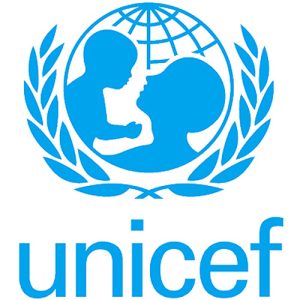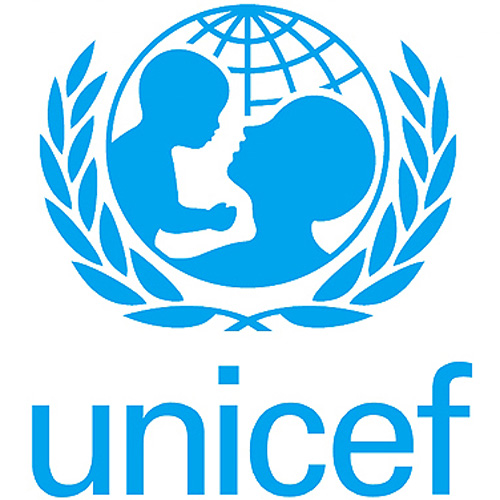SANA’A // One hundred and eighty-seven children were killed and nearly 700 used as child soldiers in the most recent round of fighting between government troops and al Houthi rebels that erupted in August, a new report finds. Seventy-one per cent of the 187 were killed in the fighting, while the remainder died from lack of food or medical services, the report said. The report, which was conducted by the Sana’a-based Seyaj Organization for Childhood Protection between December 12 and 31, polled 73,926 children – 37,387 boys and 36,539 girls – between four and 15.
between government troops and al Houthi rebels that erupted in August, a new report finds. Seventy-one per cent of the 187 were killed in the fighting, while the remainder died from lack of food or medical services, the report said. The report, which was conducted by the Sana’a-based Seyaj Organization for Childhood Protection between December 12 and 31, polled 73,926 children – 37,387 boys and 36,539 girls – between four and 15.
The survey also found that 87 children had been maimed in the conflict. The report, which was made public at a press conference in Sana’a on Monday, blamed both the Zaidi Shiite Houthi rebels and a pro-government tribal militia for using child soldiers. The report said among the polled children were 402 who fought for the Houthis and 282 for the militia. Citing information from witnesses, about half of the fighters in the government militia were under 18, while more than half of all Houthi forces were under that age.
“Among tribal fighters backing the army [against the rebels], there were underage fighters, looking either for money or being promised to be recruited in the army or any other privileges after the war is over,” the report said. The report noted that the actual number of child soldiers was probably much higher. Ahmed al Qorashi, the head of Seyaj, said: “We have tried our best to approach as many children as we could, but for security reasons we could not enter the most affected areas by war or refugee camps.
“We have covered al Mezrak refugee camp in Haradh in Hajja province and Khaiwan camp in Amran as well as those districts wherein the people stayed during the fight. We could not reach all the children due to the conflict.” Radhika Coomaraswamy, the UN’s special representative for children and armed conflict, said on February 14 that many underage teenagers were enlisted to fight, and die, among adult troops.
“There is large-scale recruitment going on, primarily among the rebels, but also among some of the forces backed by the government – not the government army but the militias backed by the government,” Ms Coomaraswamy said. Using children under the age of 18 as soldiers is against international laws, including the Convention on the Rights of the Child and its optional protocols, and is defined as a war crime by prosecutors at the International Criminal Court.
The report, which was conducted in co-operation with the United Nations Children’s Fund, Unicef, also said that 42 per cent of the polled children suffered from malnutrition, 25 per cent from respiratory infections and 19 per cent from skin diseases and that over 70,000 children have been displaced from Sa’ada and Amran provinces. It said only three per cent of the children polled have access to education.
According to the report, the fighting took a heavy toll on infrastructure in Sa’ada province where two of its 18 hospitals and three of its 17 health centres were destroyed. Seventeen of the 701 schools in the region were also destroyed, and 16 were used for military purposes. Mr Al-Qorashi said that because many of the affected areas were unreachable, the full extent of the war’s effect on children is unknown. “We do call for studies on the effect of the war on children, and for the continued collection of statistics on victims of the fighting, particularly children, as well as damage to infrastructure.”
George Abu al Zulof, the child protection specialist at Unicef in Sana’a, said the report is a plea for the continued documentation of the consequences of the war on Yemen’s children. “The report is a call for more work to report the damages and impacts of the conflict on the recruited, wounded children and those whose houses were destroyed or those children who might be victims of landmines or those children who are facing psychological problems and need rehabilitation, health and education services,” Mr al Zulof said.
The UN estimates that the conflict displaced 250,000 people throughout the country during the six rounds of fighting, which began in 2004. After six months of fierce fighting that erupted on a wide scale in August, the government announced on February 11 a ceasefire after the rebels accepted the conditions and a timetable for implementation, marking a potential end to the conflict. The government’s conditions included the Houthis’ withdrawal from official buildings and abandoning military posts they had seized, reopening roads, returning weapons seized from security services, freeing all military and civilian prisoners including Saudi soldiers, respecting the law and the constitution and pledging not to attack Saudi Arabia.
Despite the progress made towards bringing peace to Sa’ada and Harf Sufian in neighbouring Amran province, breaches continue to be reported. The government and the rebels on Tuesday exchanged accusations that the other had broken the still-shaky ceasefire. @Email:malqadhi@thenational.ae

